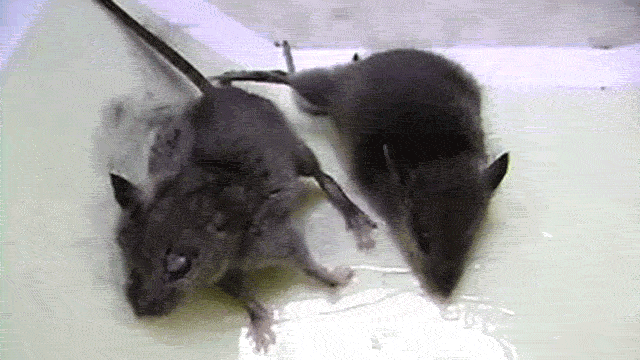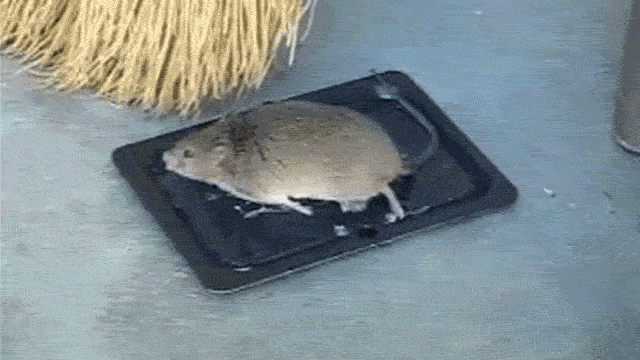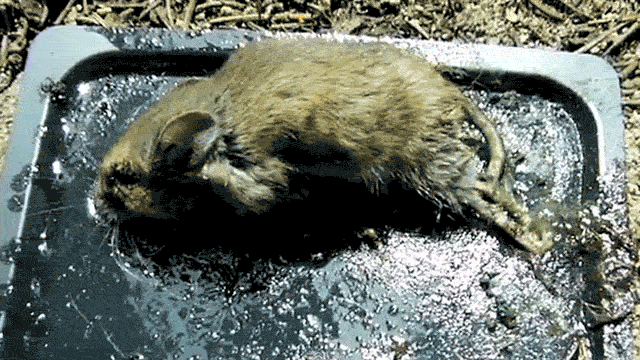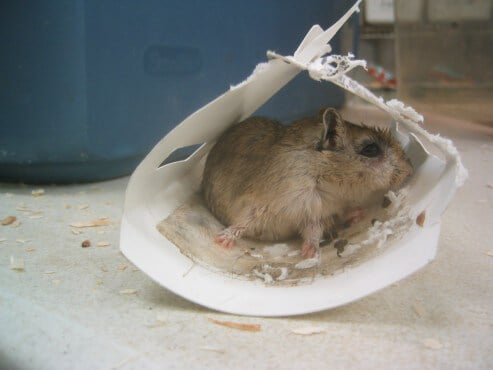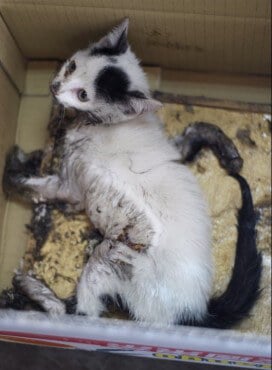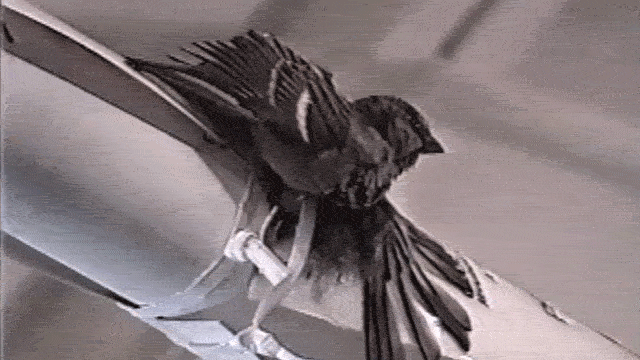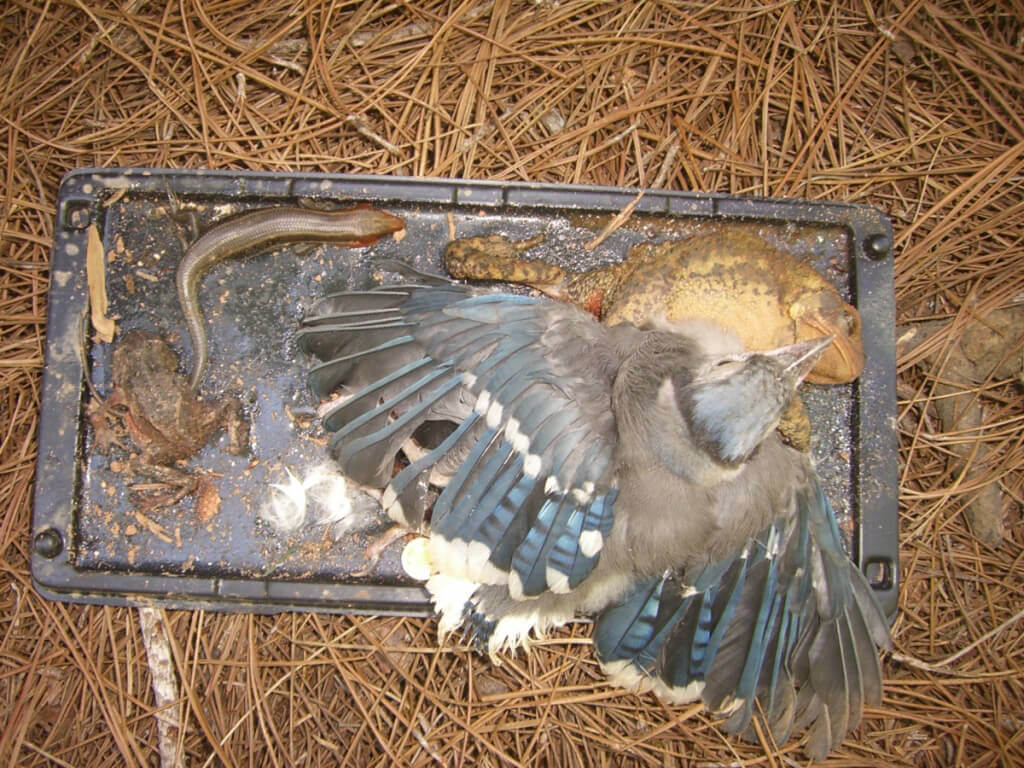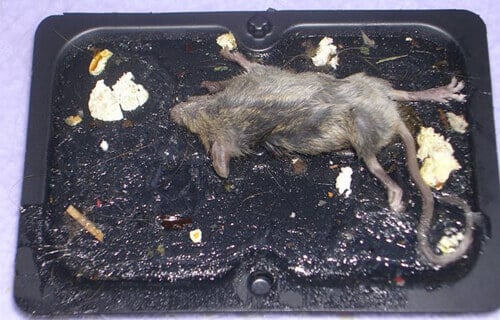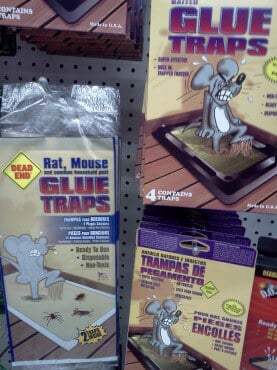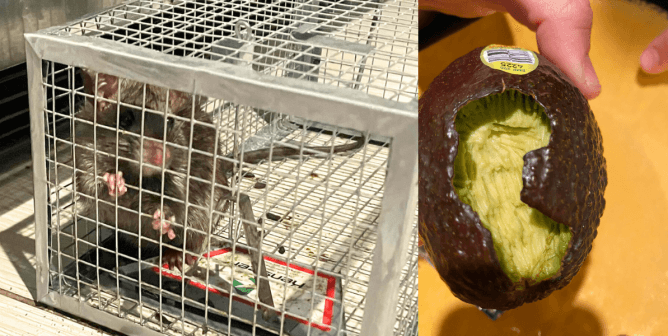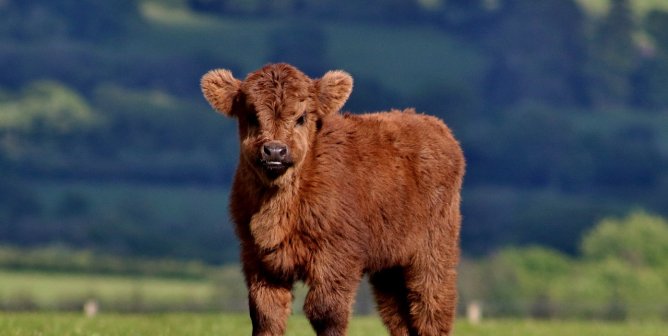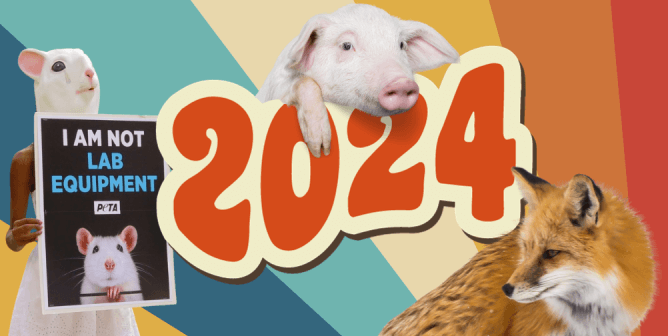
This Is How Glue Traps Ruined My Childhood…
I grew up in the Midwest, and every so often little mice from a neighboring field would occasionally find their way into our home and set up shop. On one such occasion, we picked up a package of glue traps from the local hardware store and set them out around the house. Back then, I didn’t realize just how horrifying a little glue trap could be.
The next day, I awoke to what sounded like an intruder in the kitchen. In actuality, it was a mouse who was trying so violently to escape a glue trap that I mistook him for a living being hundreds of times his size. He took deep, shivering breaths, and every so often he would muster all of his energy and violently thrash in an attempt to free himself.
Manufacturers direct consumers to throw the animals away along with the trap, but I just couldn’t leave him to starve and die slowly, so I sat outside working with dirt, dish soap, olive oil, and my hands to free the little guy. At one point, the mouse let out a squeak and sunk his teeth into my hand because of the terror and pain he felt as I was trying to pry his body from a pool of glue.
At several points, his face got stuck to the trap. My heart raced as I worked quickly to prevent him from suffocating, but most mice and rats aren’t as lucky.
When I finally succeeded in my task, a battered and disheveled mouse, with missing clumps of fur, limped off into the night. Many trapped animals end up breaking or chewing off their own limbs in their struggle for freedom.
After freeing the mouse, I checked the other glue traps for any struggling family members and found that a number of other individuals—including a ladybug and a big, beautiful moth—had been trapped. These glue traps often ensnare other small animals, too, including birds, squirrels, chipmunks, snakes, gerbils, and kittens.
In a similar case, one distraught woman found a bird, two frogs, and a salamander stuck to a glue trap’s surface. Despite her efforts to save them, all the animals died.
Glue traps never work to keep animals away long-term. The following evening, I entered the kitchen to find the same dirty and disheveled mouse stuck to a new glue trap. Despite my efforts, he wasn’t able to survive the stress of a second entrapment.
Even though they’re widely sold at many retailers, glue traps aren’t safe for consumers, either. The Centers for Disease Control and Prevention cautions against their use because animals who are trapped on these devices often void their bowels, potentially exposing anyone who handles the traps to hantavirus—a virus that can be fatal to humans.
After my encounters with the mouse who had gotten stuck in our glue trap, I wasn’t able to sleep for several nights without the paranoia that every little sound I heard was made by a small suffering mouse.
Ultimately, the only surefire way to keep mice and other animals out of your house is to make it less inviting to them. To do this, follow these few easy steps:
- Eliminate food sources. Keep counter surfaces, floors, and cabinets clean, and store dry food in chew-proof containers. Seal trash cans and never feed your animal companions outside.
- Ammonia-soaked cotton balls or rags will drive mice and rats out (they hate the smell). Place them in areas where the animals, their droppings, or nests have been seen, and be sure to give them a few days to leave.
- To keep unwelcome “visitors” out, seal entry points using foam sealant, steel wool, hardware cloth, or metal flashing. If any animals need to be removed from homes, this can be done by using humane box traps, like the one pictured here:
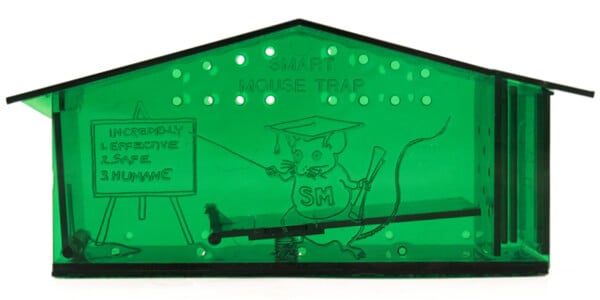
Unfortunately, I never knew just how inhumane glue traps are until I actually used one. Now, I know that there are many reasons never to use glue traps in your home. Not only do they cause slow and agonizing deaths for the animals they trap, they can also be dangerous to humans and animal companions.
Many companies—including CVS, Dollar Tree, Rite Aid, and Walgreens—have stopped selling glue traps, and many other businesses have stopped using the traps after hearing from concerned customers. Unfortunately, some companies continue to sell these vile devices.
Note: If you encounter an animal who’s stuck to a glue trap, pour a small amount of cooking oil or baby oil onto the stuck areas (avoiding the animal’s nose and mouth) and gently work the animal free. If you can’t free the animal, quickly rush him or her to a veterinarian or wildlife rehabilitator. Sometimes euthanasia performed by a veterinarian is the most humane way to end the trapped animal’s suffering.
*****
